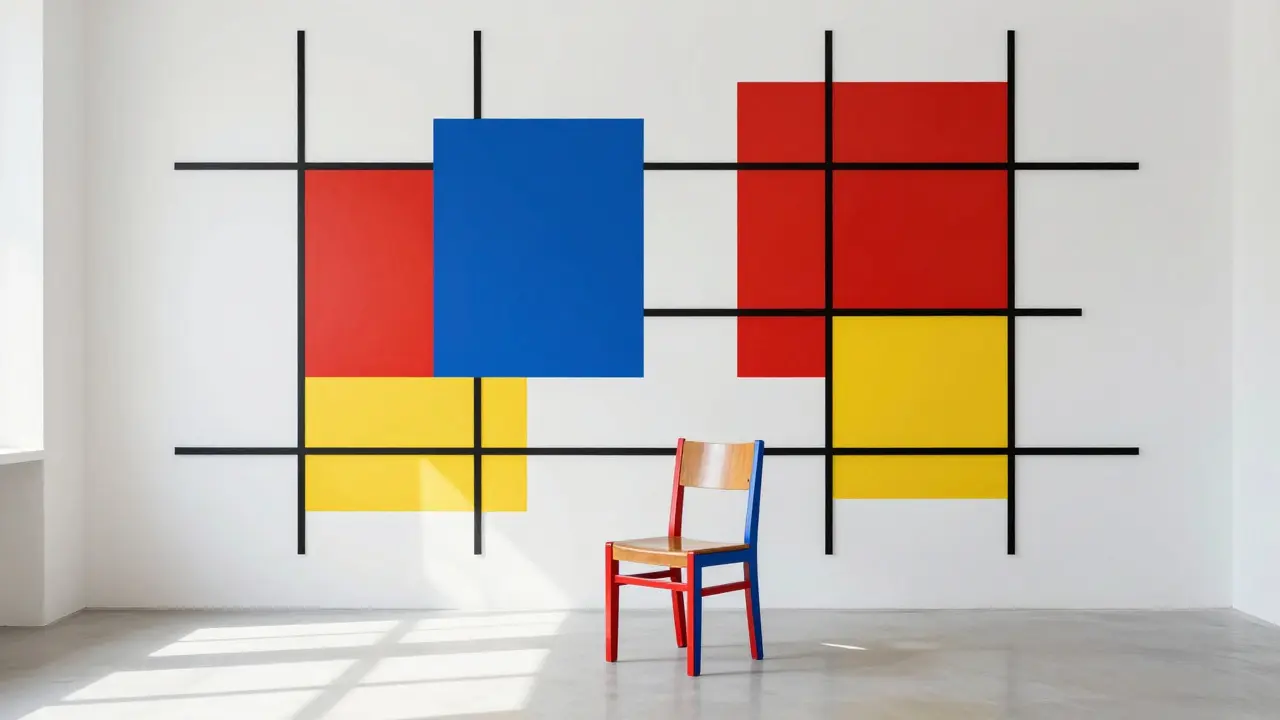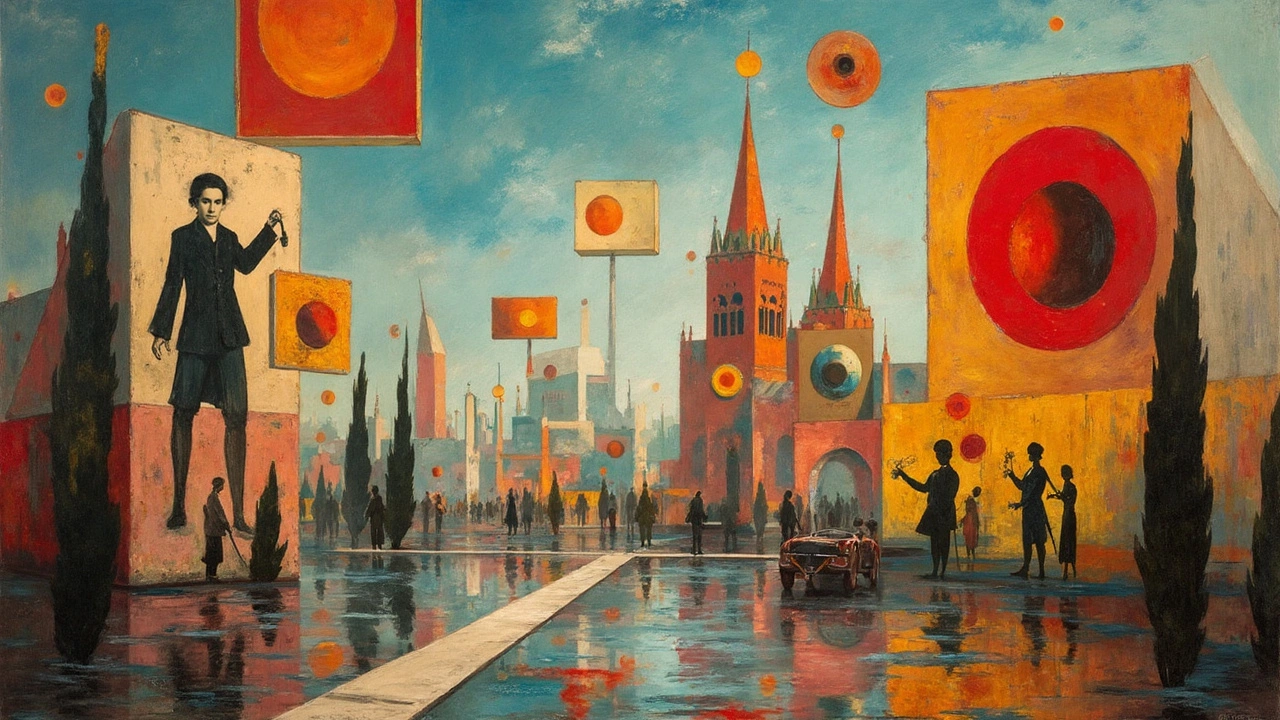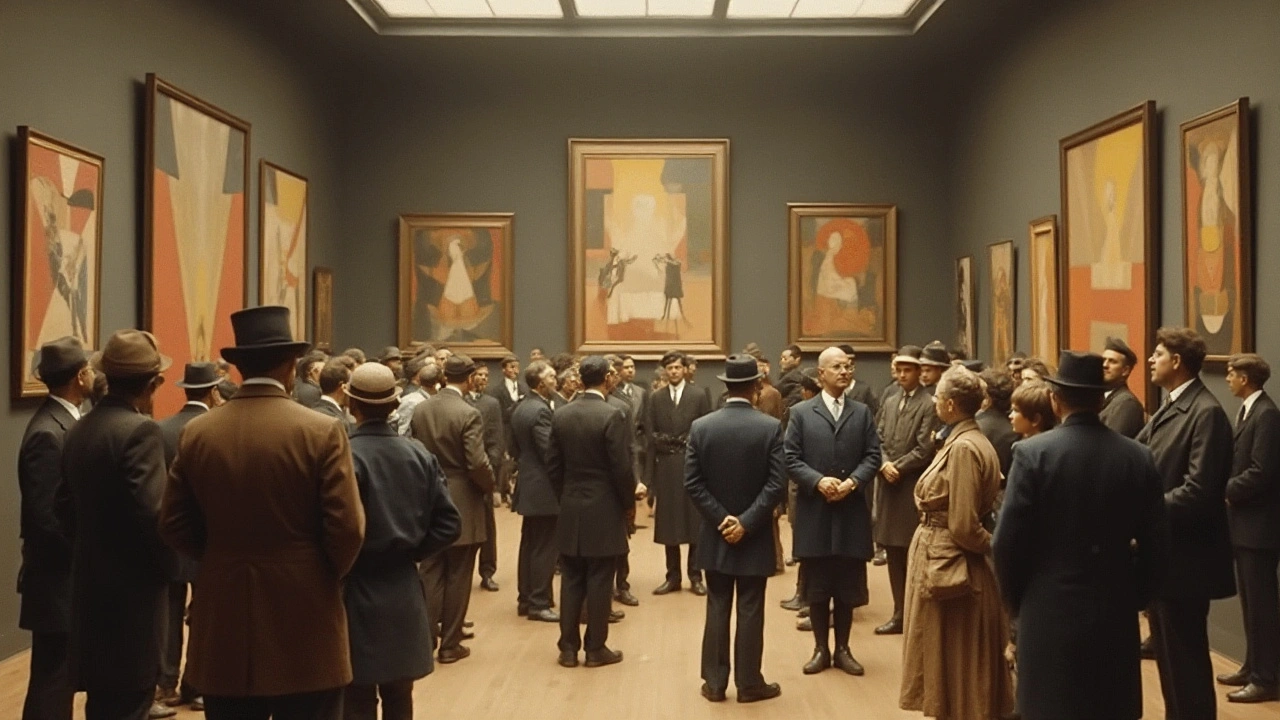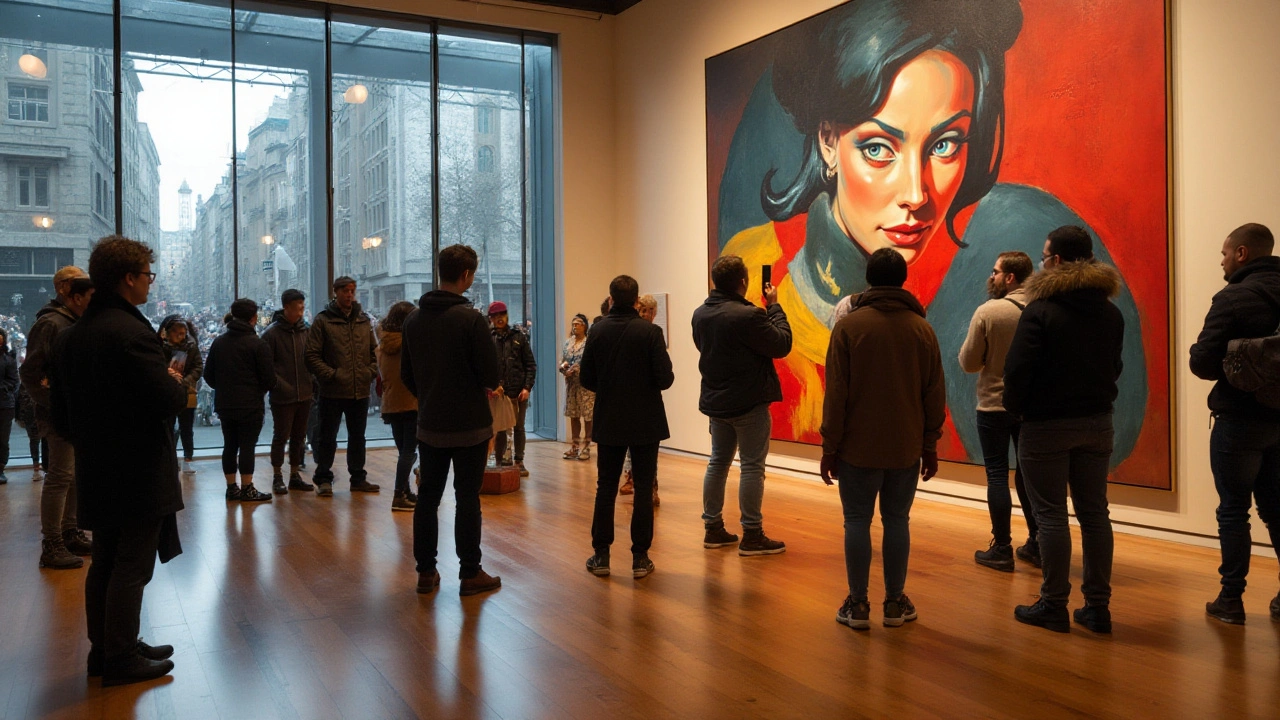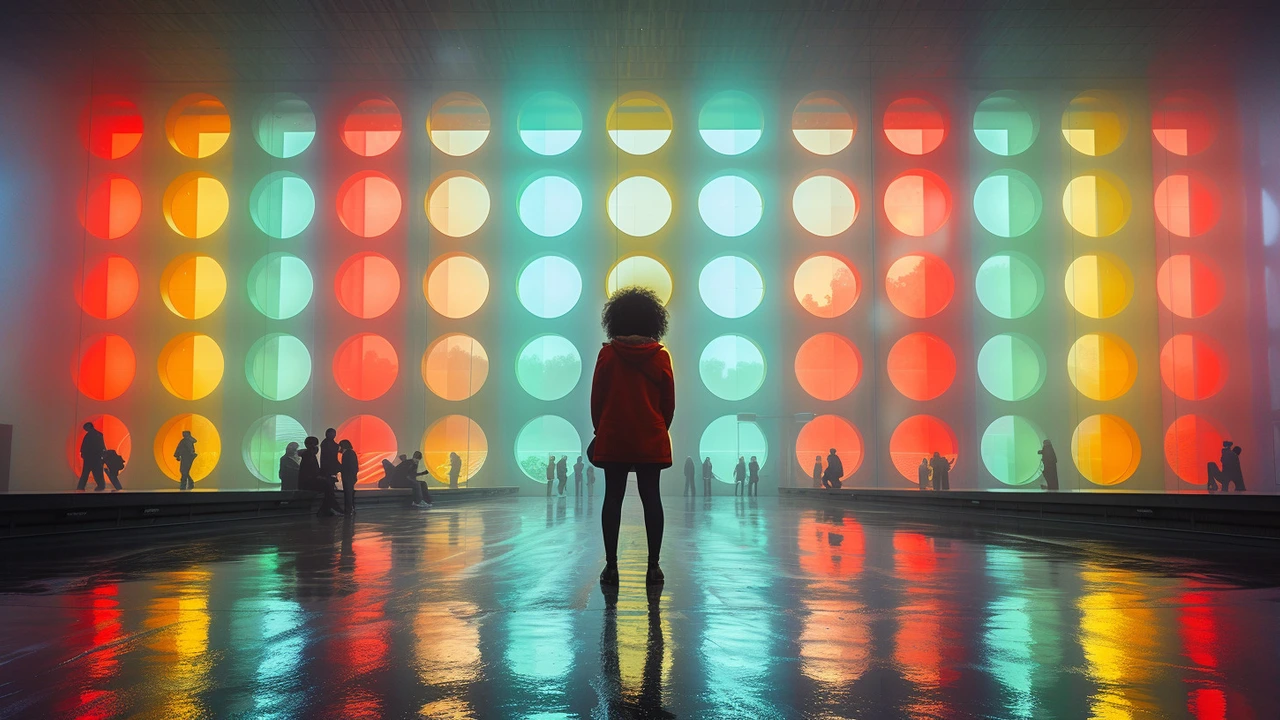Abstract Art: How to See It, Make It, and Love It
Abstract art isn't about guessing what the artist painted. It's about feeling how forms, colors, and rhythm work together. When you look at an abstract painting, ask: What emotion does the color give me? Which shapes pull my eye? Where does my gaze rest? That simple focus makes abstract work click.
A quick history helps. Early 20th century artists shifted from copying life to exploring form. Movements like Cubism, Constructivism, and Abstract Expressionism pushed artists to break objects into shapes, use bold geometry, or paint raw emotion. Knowing a few names—Pollock, Mondrian, Kandinsky—gives a frame, but you don't need to memorize facts to enjoy the work.
How to view abstract art
Start close, then step back. Up close you see texture, brush strokes, and tiny choices. Stepping back reveals composition and balance. Notice contrast and repetition. Is the painting balanced or intentionally unstable? Try naming colors and shapes out loud. That makes you notice details faster. If a work makes you uncomfortable, that reaction is useful—ask why.
How to make abstract art
You don't need fancy tools. Pick a simple palette and limit shapes at first. Decide on a rule: repeat a shape, block color, or use a single gesture across the canvas. Work fast for expressive pieces or slow and careful for geometric ones. Layer paint, then scrape or add lines. Mistakes are material for new ideas—paint over, cut, or collage on top. Keep notes about what works so you can repeat the effect later.
Want approachable projects? Try these quick exercises: make five squares using only three colors; paint one long sweeping line across a large paper and build around it; or create a grid and break three cells with unexpected color. Each exercise teaches control, contrast, and decision making.
Where to see abstract art near you: local galleries often show contemporary work that challenges norms. Museum modern wings offer historical context. Online, look for artists who explain their process—videos and studio tours make abstract methods clearer. Read short posts on movements like Bauhaus or Fluxus to see how design ideas came from art experiments.
How abstract art fits into home decor: use one dominant color from the piece as an anchor in a room. Scale matters—large abstract canvases can calm a busy space, while smaller works add accents. Match frames to the style: thin black frames for modern minimalism, raw wood for warmer, textured pieces.
If you want to explore further, check articles on Paul Artistry about Abstract Expressionism, Constructivism, and related modern movements. Learn a small idea, try it in paint, and see how your eye changes. Abstract art rewards curiosity and practice more than perfect technique.
Start a sketchbook for abstract ideas. Paste images, note colors, and test tiny studies. Visit one gallery a month and write one sentence about each piece. Over time you build a visual memory and your choices become clearer. Small routines fix big creative blocks.
Start today, keep going.

